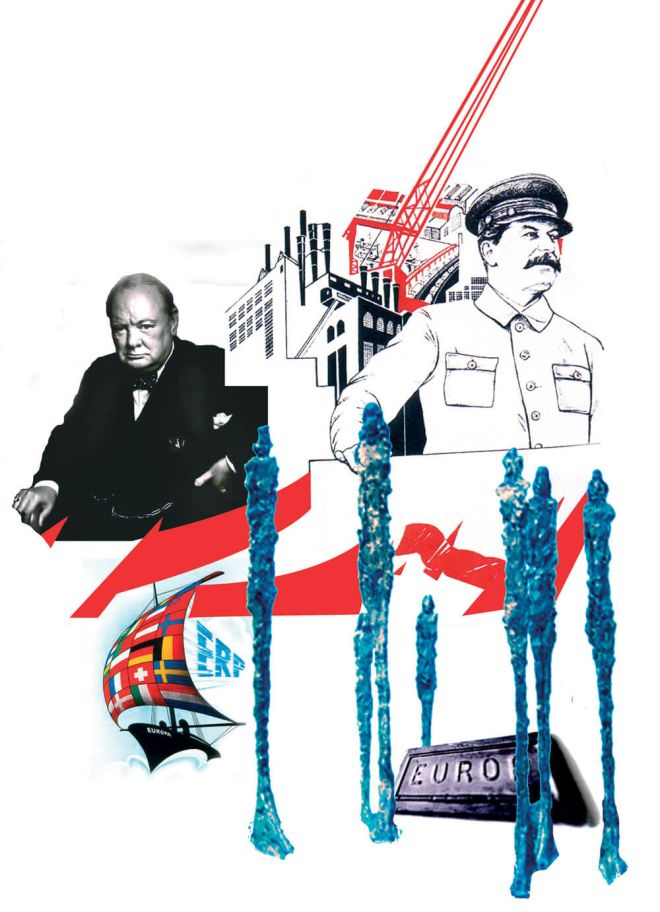I had always loved drawing, but it was only when I was studying for a science degree that I came across architects, illustrators and photographers and decided to switch to a graphic design course at the Institut Supérieur des Beaux Arts Saint-Luc in Liège. I found that graphic design was the ideal compromise to be able to touch on all these disciplines. I have been working as a graphic designer for the past six years. On top of the traditional graphic design work (logos, editorials, etc.) I am also very much in demand to create visual identities and visual installations for permanent or temporary exhibitions both in Belgium and abroad.
Briefly describe the creative process behind one of your works.
I was asked to come up with a communication campaign for the exhibition ‘Dieu(x), modes d’emploi’. The challenge was finding a visual that would get across the diversity of religions throughout the world. It proved to be quite problematic, as problematic in fact as ensuring the peaceful coexistence of the various religious communities. I logically turned towards the most problematic of puzzles, which is the Rubik’s cube. I adapted it so that, once solved, it symbolises unity (the colour) in diversity (the symbols of the religions).

How would you describe your work style to people who first come across it?
I grant much more importance to the iconographic quality, the clarity and structure of the information than to stylistic effects to ensure that my work is as timeless as possible.
Is there anything intrinsically Belgian that you think has been a strong influence or inspiration in what you do?
What I would call the « cultural accessibility » in Belgium. Due to its size, it is extremely easy to go to see everything that is going on in the four corners of the country.
You have to work in various media, how do you keep your identity through them?
By always believing in what I do.
Do you see any particular tendencies emerging in Belgian design? What do you think the future will bring for design in Belgium?
Unfortunately, I do not think that there is a tendency that is particular to Belgium. From its position at the heart of Europe, Belgian graphic design feeds on all of the influences from England, Germany, the Netherlands, etc. It would be interesting to see a Belgian Touch developing, as is the case for dance, fashion, film and industrial design, to allow us to gain more visibility on the international stage.
How important is experimenting with design to you? Or do you just follow current trends?
I came up with the “I Do What I Want” concept because I want to be able to experiment in various fields (graphic design, photography, etc.) without having the “pressure” of following current trends. It is much more important to develop your own style than to follow fashions. Following inevitably means that you are lagging behind.
What is the big difference between commercial and non-commercial work to you?
The main difference could be that commercial work imposes a greater number of constraints. But the aim remains the same: to seduce your audience.
Do you believe that Belgium provides good resources for design? Is it easy for new designers to promote themselves?
Even if excellent initiatives are starting to get off the ground in the north of the country, Belgium still does not have one body devoted to graphic design. We always have to turn towards the specialised press and Web sites in France or England to find out what’s going on and to make ourselves known.
Would you say that Belgium has a creative client base?
As in every country, Belgium has a creative client base. It is the role of graphic designers to encourage their clients to turn towards more creative ideas.
What will you be doing around the same time next year?
I will be doing what I want!

